Updated June 22nd, 2022
Over the last few years, I have had the opportunity to work with clients at the early stages of their digital transformation journey. My team is often asked to come in and help work through strategy, develop roadmaps, and ultimately prioritize what is going to be done first.
While not always spoken aloud, a common question or line of thinking tends to emerge at the start of each project – what are the levers we have to make this go faster? 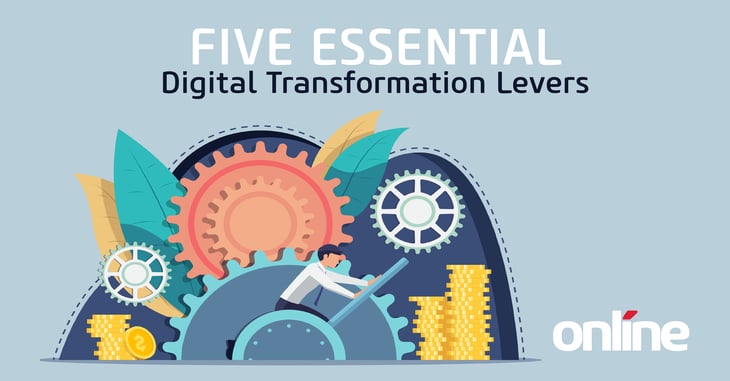
The truth is, there isn’t always a way to go “faster”, but there are levers (or areas of considerations) that we typically look at that help set the direction, scope, and pace of the work that follows.
Let's look at five key levers:
1) Customer Experience
2) Data, BI & Analytics
3) B2B eCommerce and Marketplaces
4) Digital Business Capabilities and Change Management
5) Enterprise Systems Vitality
This post gives you a quick snapshot of these levers, why they are essential, and suggestions on achieving fast business value wins.
Customer Experience

What is it?
Customer Experience (CX) is the perception that customers, based on interactions with your companies people and technology, shape their opinion about the company and build a lasting relationship.
Why is it important?
Putting customers first at every stage is critical. Jeannie Walters shares some effective strategies to help do so in this article.The companies that do well can turn the experiences they create for their customers into a competitive advantage. Good CX increases revenue while reducing the costs of serving customers. If not done well, customers will stop doing business with a company because of a poor CX.
Research tells us that 64% of B2B buyers place more importance on experience than price, and the number one experience requirement customers are looking for is efficiency.
Quickest Way to Value
Determine the high-priority customer touchpoints. Move iteratively through each touchpoint or series of touchpoints and progressively provide the customer with a practical experience going from functional to reliable to usable interactions and then providing the customer with an emotional experience going from desirable and frictionless.
Data, BI and Advanced Analytics
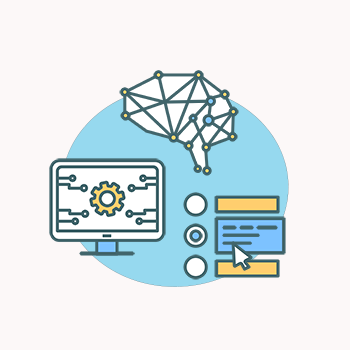
What is it?
Business intelligence and advanced analytics are data-oriented management techniques that businesses of any size and type can leverage to improve their operations and revenue.
Business intelligence is about reporting, and advanced analytics is about optimizing, associating, and predicting. Read more about what business intelligence is here and the differences between BI and advanced analytics here.
The business insight gained from each is different:
- Business intelligence explains what and why something happened.
- Advanced analytics explains why something is happening and what that will mean if the current course continues.
Why is it important?
Data-driven digital transformation helps organizations deliver on critical business situations. For example:
- Keeping up with the speed of change, including customer value changes.
- Take qualitative scenarios and quantifying them to gain more accurate insight.
- Optimize pricing by determining supply and demand at specific moments in time.
- Understand, anticipate, and mitigate risks.
- Anticipating what may happen and plan accordingly
To learn more about how to lead a data-driven digital transformation, watch this webinar from Ray Wang of the Harvard Business Review.
Quickest Way to Value
DAMA's International's Guide to the Data Management Body of Knowledge suggests the following sequential approach:
- Phase 1 Data integration and storage
- Phase 2 Data quality
- Phase 3 Data governance warehousing and BI
- Phase 4 Advanced analytics and big data
Unfortunately, there is no shortcutting the four sequential phases outlined above. However, what can be done is prioritize the business questions to be answered and then cycle through the four phases. A good starting point is to follow revenue streams and data investments to focus on the highest impact business areas.
B2B eCommerce and Marketplaces

What is it?
Manufacturers and distributors require eCommerce software much like OroCommerce that understands the business of B2B and delivers eCommerce experiences that go beyond transactions. Learn more about B2B eCommerce in this blog by OroCommerce.
Backed by a product data management system and Integrated with back-end ERP, CRM, and TMS systems, B2B buyers find better prices and convenience.
B2B marketplace eCommerce is the selling of goods via a platform-based web application. On the platform, there are many sellers, many buyers and a marketplace owner.
Why is it important?
With the advancements in digital technologies and evolving customer preferences, B2B buyers are moving online to do business. Did you know:
- Global B2B eCommerce market is US$12.2 trillion in 2019 - 6 times B2C
- 74% of B2B customers research ½ of their purchases online
- 91% of customers purchase online once they have decided
- Marketplaces will account for 30% of all worldwide online B2B sales by 2024.
Digital Business Capabilities and Change Management

What is it?
Business capabilities are a list of proficiencies required to operate the day-to-day business, grow, adapt, and acquire a competitive advantage.
Typically, a subset of the leading digital business capabilities that an organization requires includes:
- Digital Marketing is used to acquire and retain customers across multiple digital channels
- Digital Commerce includes Online Merchandising Shopping Cart & Checkout Payments & Reconciliation Order Management & Fulfilment Account Management & Self-services
- Customer Experience Management includes digital customer journey management, user research, usability analysis, user experience designing and testing
- Digital Channel Management is used to consolidate or integrate multiple digital channels that are used for the interactions between target customers
- Knowledge & Content Management is used to gather, store, distribute and publish knowledge and content that exists in an unstructured data format
- Digital Data Management collects, stores, distributes, controls, and searches data used for all the Digital Capabilities.
Why is it Important?
Being successful in digital transformation is not just a function of rolling out new technology. Technology must be seamlessly integrated with the supporting people, process and governance components to succeed. Otherwise, there will not be a successful adoption, and the ROI will not be obtained.
Quickest Way to Value
Introducing digital business capabilities will likely disrupt how things are accomplished in the present time, requiring a focus on the people side of change from the start. While it can be tempting to think of change management in a project context, it is important to look at change from a larger transformation perspective where the focus should be on helping stakeholders understand the change, it’s impact, and how they will be supported and effective in the future state.
To accomplish this quickly, ensure that change management is integrated from the start and that it is viewed from the perspective of a transformational change, not just a project. Rolling out new business capabilities needs to be considered in step with the digital transformation roadmap rollout. Five critical steps of the change management process are highlighted in this article from the Harvard Business Review.
These capabilities must be defined, and employees' preparation for change should be in lockstep with any new digital transformation levers (for example, CX, eCommerce, or data capabilities).
Enterprise Systems Vitality

What is it?
Ageing legacy systems are typically built on outdated architectures with high maintenance costs, inherent inflexibility, redundant features, lack of connectivity and overall low efficiency.
These legacy applications, however, contain mission-critical data and perform critical functions.
Why is it Important?
Aging legacy systems can get in the way of delivering value to the business and its customers and are often at odds with current digital transformation plans.
Completely replacing legacy systems is a time-consuming, expensive, and risky endeavour. In this fast-paced digital era, distributors and manufacturers cannot afford missteps. A key question is can you achieve high-priority business value and not immediately replace the entire legacy enterprise systems? This article from Gartner provides some options on ways to modernize legacy systems and keep gaining business value from them.
Quickest way to value
Three interrelated approaches can be considered to achieve business value quickly:
- Before replacing a legacy system, consider deploying new digital technology that brings immediate business value and will operate in conjunction with the legacy enterprise system.
- When legacy systems need to integrate with new digital technology, expose legacy system business logic and data by wrapping them in APIs. API's expose legacy systems' business logic while retaining the stability of the legacy system without immediately undertaking costly mainframe upgrade programs. This article from MuleSoft explores methods of revitalizing legacy systems with APIs.
- Ultimately when replacing the legacy system, replace it with a SaaS commercial product to minimize the impact on your IT operations. To reduce changes, assume the commercial product functional design is based on industry best practices and deploy the application to operations in an incremental manner.
Conclusion
Through this post, I hope you are able to take away and implement some quick wins that will help you understand where best to focus your efforts when pursuing digital transformation. We’ve discussed the importance of practical and personalized customer experience, how to prioritize business questions to then cycle through the phases of data management, and why technology must be seamlessly integrated with people and business processes in order to overcome barriers to achieving ROI.
Most important is to ensure that your digital transformation and the levers you will manipulate are integrated into a coherent narrative that can be used to explicitly describe the desired destination of the transformation and how we will get from where you are today to where you want to be tomorrow.
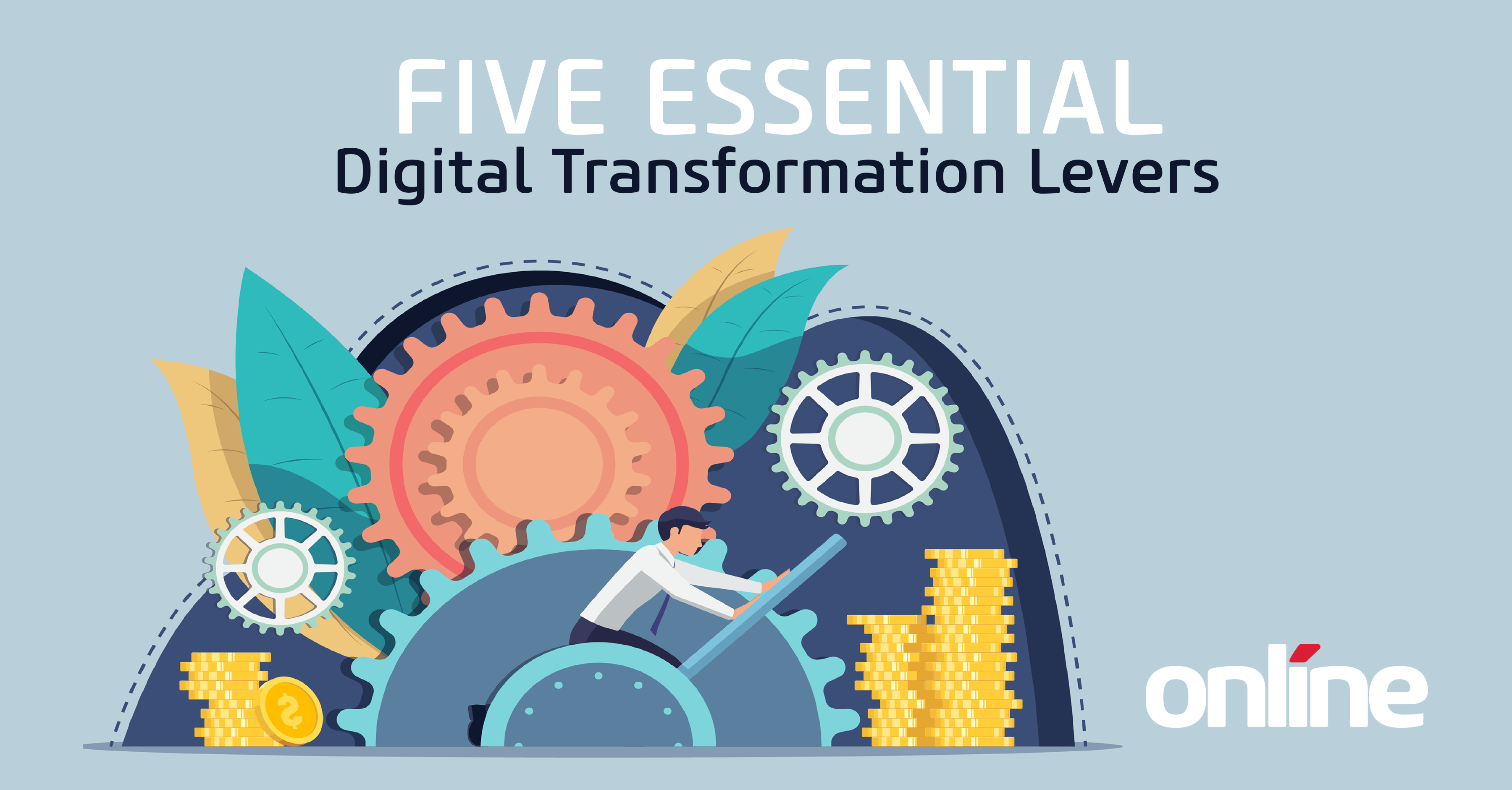
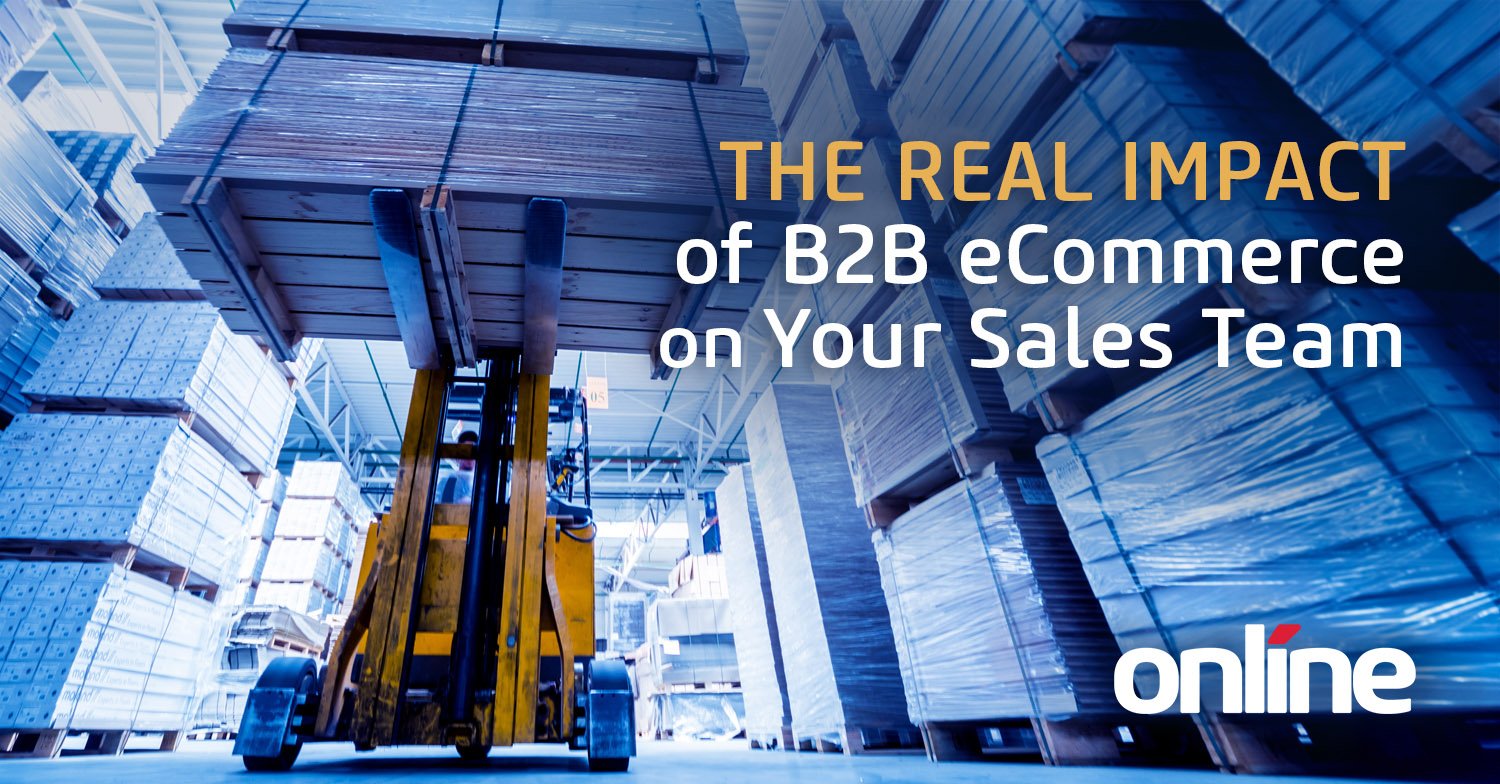
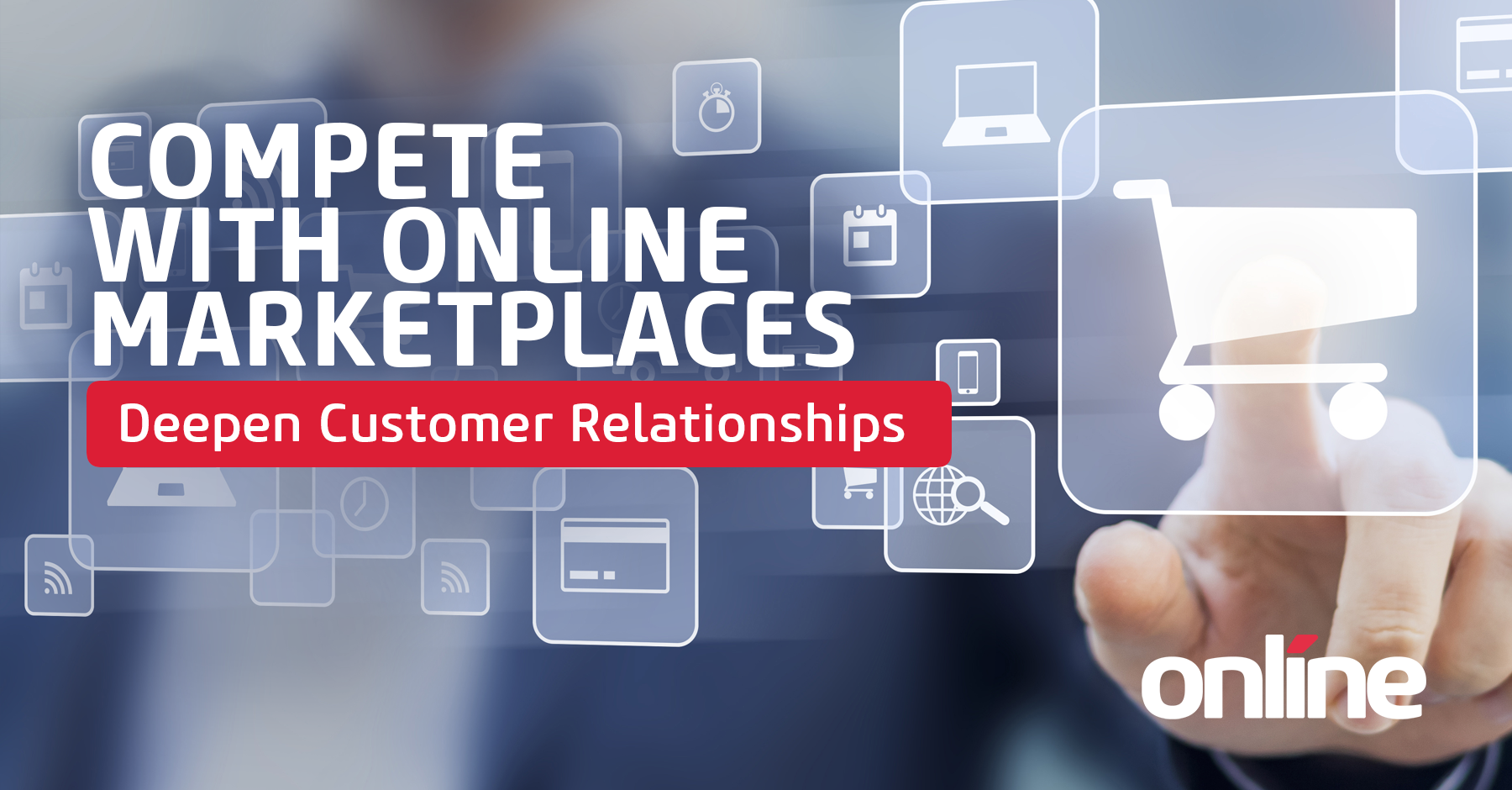
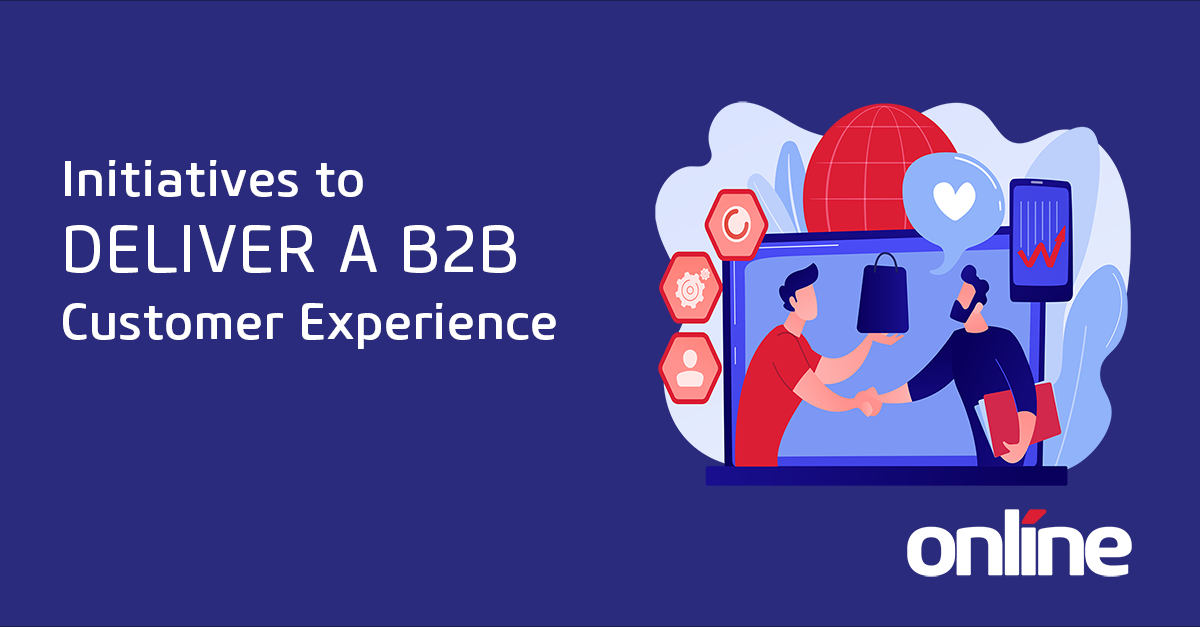

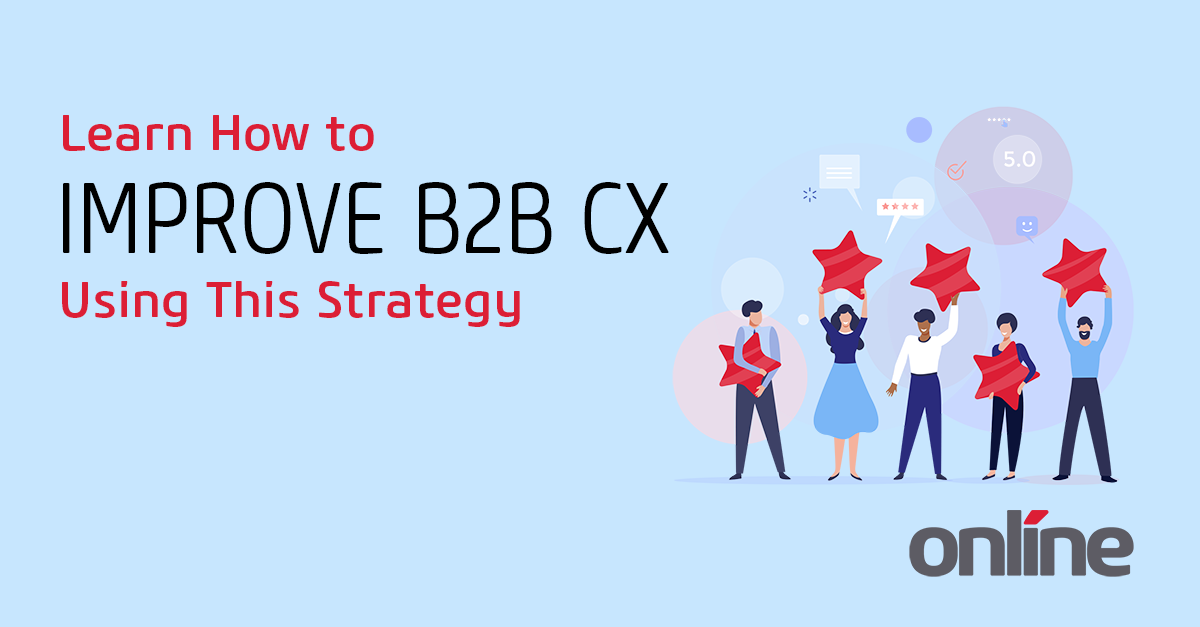
Submit a Comment